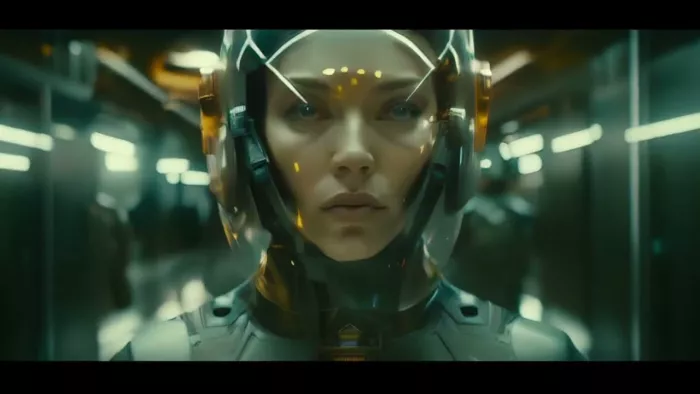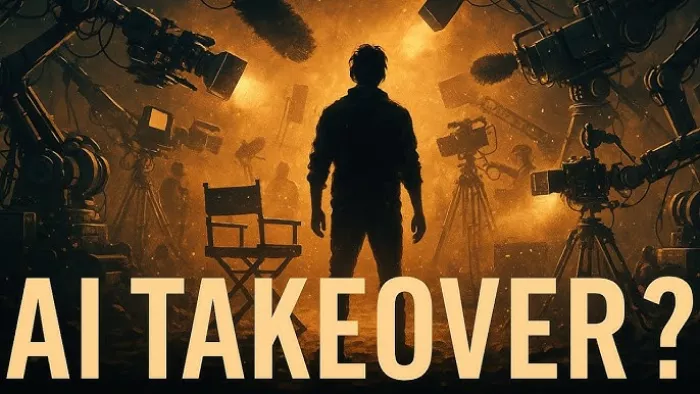
Imagine typing a scene into your laptop, “a storm over New York, a lone figure runs across the bridge,” and within minutes, watching a video that looks like a trailer from a real film. That’s the promise of today’s text-to-video tools, and in 2025, they’ve come closer than ever. But are they ready to rival Hollywood? Let’s break it down.

When we say “Hollywood-level,” we’re not just talking about pretty clips. It means full-length stories with consistent characters, lifelike physics, perfect audio, and emotional performances. It’s about coherence, pacing, and artistry that keep audiences glued to the screen. That’s a very different challenge than making a 30-second demo clip.
Current AI models have made big leaps:
In short, AI can now make clips that sometimes look like they belong in a film trailer, but not yet a feature-length movie.
Despite the progress, several hurdles keep AI films from being Hollywood-grade:
Narrative length: Sustaining a 90-minute storyline with coherent characters is still out of reach.
Acting & emotion: Subtle expressions, timing, and believable dialogue remain too flat.
Complex realism: Water, fire, shadows, and detailed physics still break immersion.
Technical polish: Lip sync, motion blur, and high-resolution consistency are unreliable.
Ethical & legal risks: Deepfakes, likeness rights, and copyright issues are unresolved.
The truth is: we’re closer than ever, but not there yet. Short videos with cinematic style are already good enough for marketing, pre-visualization, and indie projects. But full Hollywood-grade films with deep storytelling, flawless visuals, and human-level performance may still take a few more years. Most experts see breakthroughs happening in the next 2–5 years, depending on how fast models evolve and regulations adapt.
What’s encouraging is the pace of improvement. Only three years ago, AI could barely generate a few seconds of glitchy footage; today, it can simulate complex camera movements and multiple characters. If progress continues at this speed, it’s not unreasonable to think the first AI-assisted feature film will appear before the decade ends. Still, the leap from “convincing clips” to “a cohesive two-hour blockbuster” requires advances not only in visuals but also in narrative logic, emotion, and cultural acceptance.
For now, text-to-video will reshape pre-production, trailers, and indie filmmaking more than blockbuster cinema. Expect hybrid workflows where AI handles early drafts, VFX, or background shots, while human artists bring story, acting, and emotional depth. Hollywood won’t vanish, but its toolkit will look very different.
Studios may begin using AI as a cost-saving layer, generating background extras, landscapes, or quick previews of entire sequences before a single camera rolls. Independent creators, meanwhile, could bypass expensive equipment and still produce visually rich short films. Over time, this democratization will open the doors for new voices and styles, even as big studios continue to dominate high-budget productions. The real future is not “AI versus Hollywood” but a blending of the two where algorithms handle the heavy lifting, and human creativity decides what’s worth watching.
We’re standing at the edge of something remarkable. Text-to-video can already deliver striking results, but a true AI-made Hollywood film still requires leaps in storytelling, realism, and trust. The gap is closing, though, and the first “AI-assisted” feature that turns heads in theaters might not be far away.